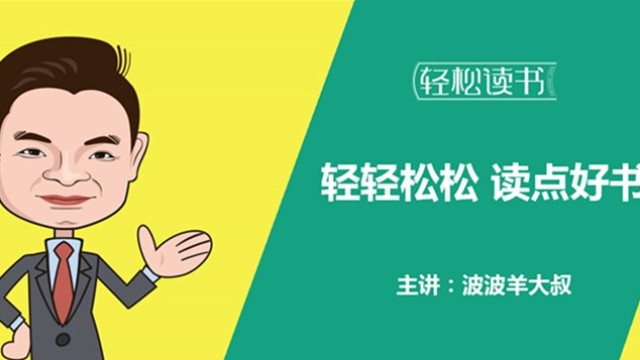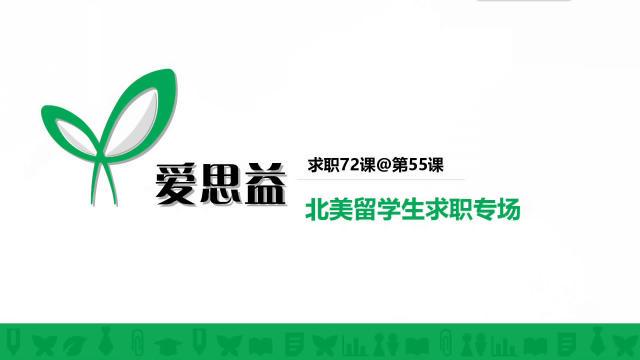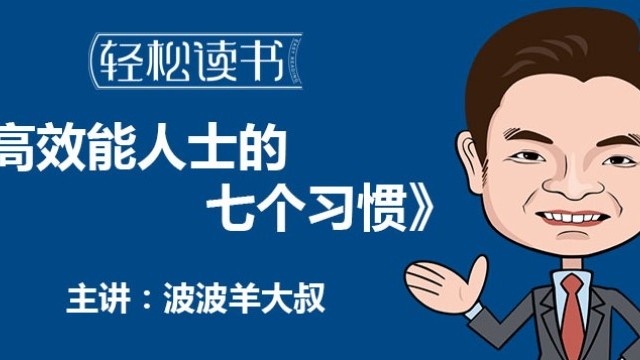經(jīng)濟學(xué)中最基本的模型:循環(huán)流動模型
作者:滬江商務(wù)英語
2021-10-19 00:00
One of the main basic models taught in economics is the circular-flow model, which describes the flow of money and products throughout the economy in a very simplified way.
經(jīng)濟學(xué)課程中,教授的最基本的幾個模型之一,便是循環(huán)流動模型,它用一種非常簡化的方式描述了金錢和商品在整個經(jīng)濟體系中的流動過程。
?
?
The model represents all of the actors in an economy as either households or firms (companies), and it divides markets into two categories:
這個模型體現(xiàn)了一個經(jīng)濟體中的所有要素,既包括家庭,又包括公司,并且它把市場分為了兩個領(lǐng)域:
Markets for goods and services
商品與服務(wù)市場
Markets for factors of production (factor markets)
生產(chǎn)要素市場(要素市場)
Remember, a market is just a place where buyers and sellers come together to generate economic activity.
要記住,所謂的市場只是指一個買家和賣家共同制造經(jīng)濟活動的地方。
?
Goods and Services Markets
商品與服務(wù)市場
In goods and services markets, households buy finished products from firms that are looking to sell what they make.
在商品與服務(wù)市場中,公司尋找機會賣掉自己生產(chǎn)的東西,而家庭從公司那購買他們生產(chǎn)好的商品。
In this transaction, money flows from households to firms, and this is represented by the direction of the arrows on the lines labeled “$$$$” that are connected to the “Goods and Services Markets” box.
在這個交易過程中,錢從家庭流向公司,這個流動由“商品與服務(wù)市場”方框中標有“$$$$”的箭頭來表示。
Note that money, by definition, flows from buyer to seller in all markets.
需要注意的是,根據(jù)錢的定義,它在所有市場中都是從買方流向賣方的。
On the other hand, finished products flow from firms to households in goods and services markets, and this is represented by the direction of the arrows on the “Finished product” lines.
另一方面,制作好的商品在商品與服務(wù)市場中從公司流向家庭,它由標有“Finished product”的箭頭表示。
The fact that the arrows on the money lines and the arrows on the product lines go in opposite directions simply represents the fact that market participants always exchange money for other stuff.
表示錢的箭頭與表示商品的箭頭總是反向的,這表示市場的參與者總是用錢來交換其他東西。
?
Markets for the Factors of Production
生產(chǎn)要素市場
If markets for goods and services were the only markets available, firms would eventually have all of the money in an economy, households would have all of the finished products, and economic activity would stop.
如果商品與服務(wù)市場是唯一的市場,那公司最終肯定會得到所有的錢,而家庭則會得到所有的制成商品,然后經(jīng)濟活動就會停止。
Luckily, the goods and services markets don’t tell the whole story, and factor markets serve to complete the circular flow of money and resources.
幸運的是,商品與服務(wù)市場并不是故事的全部,要素市場會補完金錢與資源的流動循環(huán)。
The term “factors of production” refers to anything that is used by a firm in order to make a final product.
“生產(chǎn)要素”這個詞組指的就是一切被公司用來生產(chǎn)最終商品的東西。
Some examples of factors of production are labor (the work was done by people), capital (the machines used to makes products), land, and so on.
生產(chǎn)要素的例子包括人力(活兒總得由人來做)、資本(用來制造商品的機器)、土地以及其他方面。
Labor markets are the most commonly discussed form of a factor market, but it’s important to remember that factors of production can take many forms.
人力市場是要素市場最常被談及的形式,但我們需要記住,生產(chǎn)要素市場的形式還有很多。
In factor markets, households and firms play different roles than they do in the markets for goods and services.
在要素市場中,家庭與公司所扮演的角色與他們在商品與服務(wù)市場中的角色不同。
When households provide (i.e. supply) labor to firms, they can be thought of as the sellers of their time or work product.
當家庭向公司提供人力時,我們可以把他們看做自身時間的賣家,或者是他們把自己的工作當作產(chǎn)品來售賣。
(Technically, employees can more accurately be thought of as being rented rather than being sold, but this is usually an unnecessary distinction.)
(技術(shù)上講,更準確的說法應(yīng)該是員工將自己出租,而不是售賣,不過這個區(qū)分通常沒有必要討論。)
Therefore, the functions of households and firms are reversed in factor markets as compared to in goods and services markets.
這樣一來,相較于商品與服務(wù)市場,家庭與公司在這的功能被反轉(zhuǎn)了。
Households provide labor, capital, and other factors of production to firms, and this is represented by the direction of the arrows on the “Labor, capital, land, etc.” lines on the diagram above.
家庭向公司提供人力、資本以及其他生產(chǎn)要素,這些由上圖中標有“勞動力、資本、土地等”的箭頭表示。
In the other side of the exchange, firms provide money to households as compensation for the use of factors of production, and this is represented by the direction of the arrows on the “SSSS” lines that connect to the “Factor Markets” box.
在交易的另一端,公司向家庭提供金錢以償付生產(chǎn)要素,這由連接到“Factor Markets”方框的那條標有“SSSS”的箭頭表示。
?
The Two Types of Markets Form a Closed Loop
兩種市場形成了一個閉環(huán)
When factor markets are put together with goods and services markets, a closed loop for the flow of money is formed.
當把要素市場和商品與服務(wù)市場放在一起的時候,我們就得到了一個金錢流動的閉環(huán)。
As a result, continued economic activity is sustainable in the long run, since neither firms nor households are going to end up with all of the money.
其結(jié)果就是,經(jīng)濟活動變得可持續(xù),因為公司與家庭最終都不可能坐擁所有的金錢。
The outer lines on the diagram (the lines labeled “Labor, capital, land, etc.” and “Finished product”) also form a closed loop, and this loop represents the fact that firms use factors of production to create finished products and households consume finished products in order to maintain their ability to provide factors of production.
圖標上靠外的線(標有“勞動力、資本、土地等”和“成品”的線)也形成了閉環(huán),這表示公司使用生產(chǎn)要素來制造商品,而家庭消費商品來維持自己提供生產(chǎn)要素的能力)
?
(翻譯:能貓)
- 相關(guān)熱點:
- 英語翻譯
- 職場商務(wù)
- 學(xué)點經(jīng)濟學(xué)
- 色拉英語樂園











